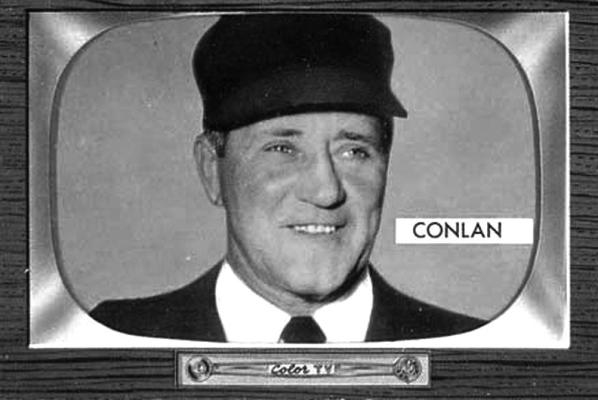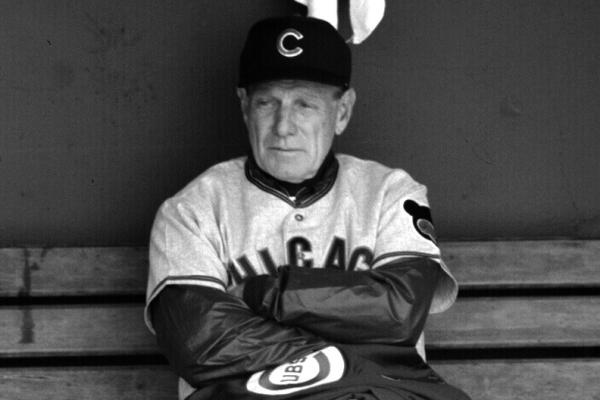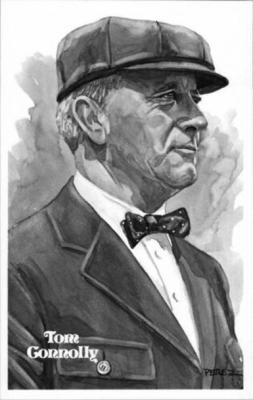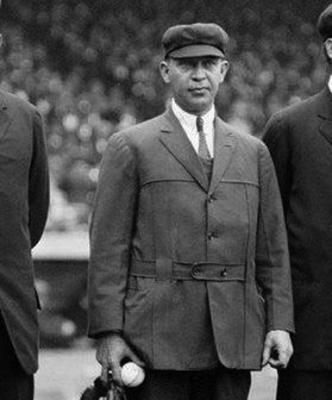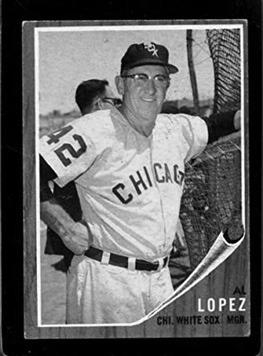Human umpires important part of baseball
There are three major rules changes that are going into effect this year in Major League Baseball. I had heard talk about the new rules, but wasn’t sure what they were.
Looking it up, I found that they involve a timer on pitchers, bigger bases and restrictions on defensive shifts.
On the timer, pitchers are given 15 seconds between pitches with the bases empty and 20 seconds with runners on base. A violation by the pitcher equals an automatic ball. There is a 30-second time limit between batters with a violation amounting to an automatic strike. There are a number of stipulations, but the aim is to speed up the game.
The bases are now 18 inches square, instead of the previous 15 inches square. The increased size of the bases has been implemented to give fielders more room to operate and is a move to reduce player collisions, especially at first base.
The new rule on defensive shifts says that the defensive team must have a minimum of four players on the infield, with at least two infielders completely on either side of second base.
The material I read said a proposal to have an automatic ball-strike system or robot umps has been put on hold. I don’t have strong feelings about the three new rules that have been put in place, but I am opposed to the robot umps. I’m notoriously old fashioned, but replacing the human aspect of umpiring would seem to take away a colorful part of the “national pastime.”
People are quick to blame officiating in basketball and football and umpiring in baseball for their favorite team’s loss. For example, in the recent NFL playoffs, there were a number of games in which the fans (not the players) of the losing side blamed a “bad call” for their disappointment. In a couple of very close college basketball games recently, there have been claims made by disappointed fans social media that the basketball system is rigged, because an officiating call cost their team a game.
I remember a long time ago when a team on which I was a player, had its season come to an end when a runner from our team was called out at the plate while trying to score the tying run in the last inning of a tournament game. The runner was my best friend and he screamed and hollered at the umpire, threw his hat on the ground and stomped on it, showing all kinds of utter disregard for the call. His rant didn’t change anything and we lost the game. Quietly I thought my friend was out, but I didn’t say anything because he had driven me to the game and I wanted to be sure I had a ride home. So, disagreement with umpiring decisions isn’t a new phenomenon. I’m sure it has been going on as long as people have been in game competition.
My mind, which doesn’t always stay on the main track, quickly moved from rules changes to thinking about some of the most famous umpires in MLB history. Ten have been enshrined in the Baseball Hall of Fame- Al Barlick, Nestor Chylak, Jocko Conlan, Tom Connolly, Billy Evans, Doug Harvey, Cal Hubbard, Bill Klem, Bill McGowan and Hank O’ Day.
I remember reading about Bill Klem when I was a youngster. Klem had retired in 1940, before I was born and long before I was interested in baseball. But he was a firm arbitrator and he holds the record for ejecting the most players during his career--251. He had a lot of nicknames given to him by players, but his least favorite was “Catfish” which was due to his jowly appearance. If he heard the word “Catfish” uttered by a player, it was an automatic ejection. One player was ejected for drawing a picture of a catfish with his foot in the infield dirt. Catcher Al Lopez pasted a newspaper clipping onto home plate that showed Klem clearly in error while calling a play involving Lopez. Lopez covered the clipping with dirt, but Klem saw it when he brushed off home plate. Lopez was thrown out of the game for his deed. Klem umpired in 18 World Series, a record to this day. He was elected to the Hall of Fame in 1953.
Tom Connolly also umpired long before my time. He was an American League official from 1901 to 1931. Connolly prided himself on the fact that he rarely found it necessary to eject players. He once went five seasons without ejecting a player. He also showed an ability to stand firm against some pretty tough players in defense of the rules. In 1912, he called none other than the volatile Ty Cobb out for stepping across the plate while batting. Cobb did so to hit a ball thrown in an attempted intentional walk. Cobb did hit the ball and drove in a run, which Connolly negated with his call. Cobb, needless to say, was irate. Connolly and Klem were the first two umpires to be enshrined in the Hall of Fame.
Al Barlick had three stints as a National League umpire, from 1940 to 1943 when he quit to join the Coast Guard; 1946-1955, then he quit due to a heart condition and 1958-1971, when he retired for good. Barlick was known for his loud, booming voice and he was a fan favorite for that reason. Younger umpires attempted to ape his style, but there was something special about the way Barlick did it. Barlick called a forfeit of a game in Philadelphia between the Phillies and New York Giants in 1949. Fans became infuriated at another umpire’s call and they littered the field with bottles, fruit and paper. His ruling was one of the rare times an umpire has called a forfeit. I remember watching a CBS Game of the Week on television and hearing both Pee Wee Reese and Dizzy Dean talking about Barlick. They had some fond memories (mostly fond) of playing in games umpired by Mr. Barlick.
Jocko Conlan was another umpire that I heard Pee Wee and Dizzy discuss. He worked the National League from 1941 to 1965. Jocko was a colorful character who did some unconventional things. He liked to wear a bow tie instead of the normal tie worn by umpires. He made “out” calls with his left hand instead of the right which was the normal hand used for calling outs. He loved the balloon type chest protector and continued to wear it after inside protectors were worn by other National League umpires. The National League permitted him to wear the old-style protector but he was the last that had that permission. He had a famous argument with Leo Durocher in 1961. Durocher, who had disagreements with umpires frequently, took exception with one of Conlan’s calls. After being ejected from the game, Durocher continued to argue and tried to kick dirt on Conlan’s shoes. He slipped and actually kicked the umpire in the shins. Striking an umpire is a pretty serious deal, but what Conlan did was to kick Durocher back. The incident was captured by a photographer and the picture of Conlan kicking a coach is a baseball legend.
Nestor Chylak was an American League umpire from 1954 to 1978. He said his most memorable game was Game 7 of the 1960 World Series which ended with Bill Mazeroski’s walk off home run that gave the Pittsburgh Pirates the Series title over the New York Yankees. He was involved two games with unruly crowds. Both were due to special promotions. In 1974, he was on the field in Cleveland for “Ten Cent Beer Night. Fans began to incite fights with players and sometimes poured beer on them. Chylak sustained a facial wound by a chair someone threw on the field. It was at that point he called the game a forfeit. In 1979, he was working as assistant league supervisor of umpires at Chicago White Sox’s Comisky Park for a doubleheader between the Sox and Detroit Tigers. It had been designated as Disco Demolition Night and between games of the doubleheader fans stormed the field in a riot. Apparently, they were Disco fans and were objecting to the Disco Demolition promotion. Anyway, the second game of the doubleheader was forfeited, and Chylak was the one who made the call.
There are many colorful stories about these and other umpires throughout baseball history. The sometimes colorful interaction between umpires and players/managers would be lost if the robots took over.

